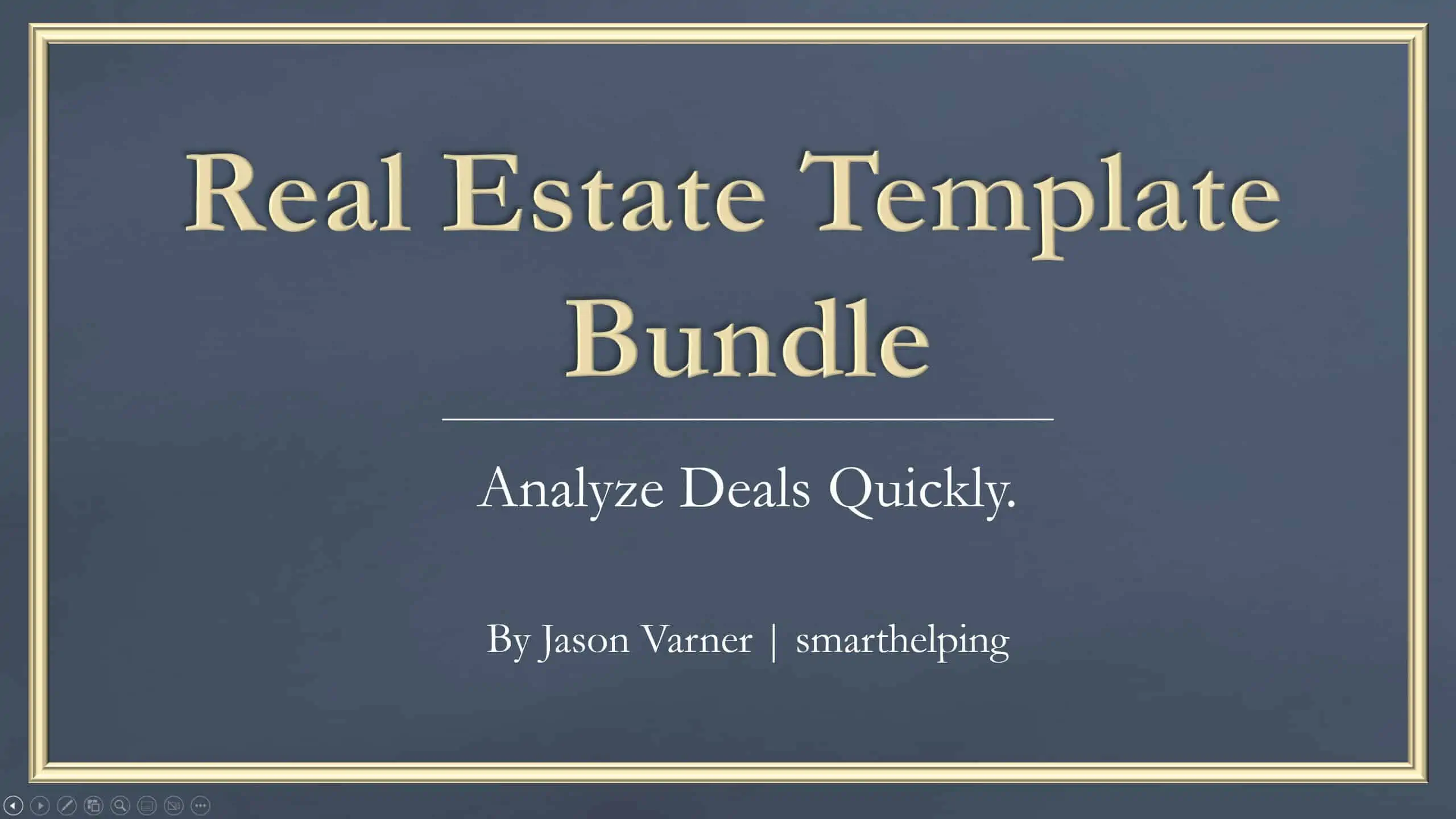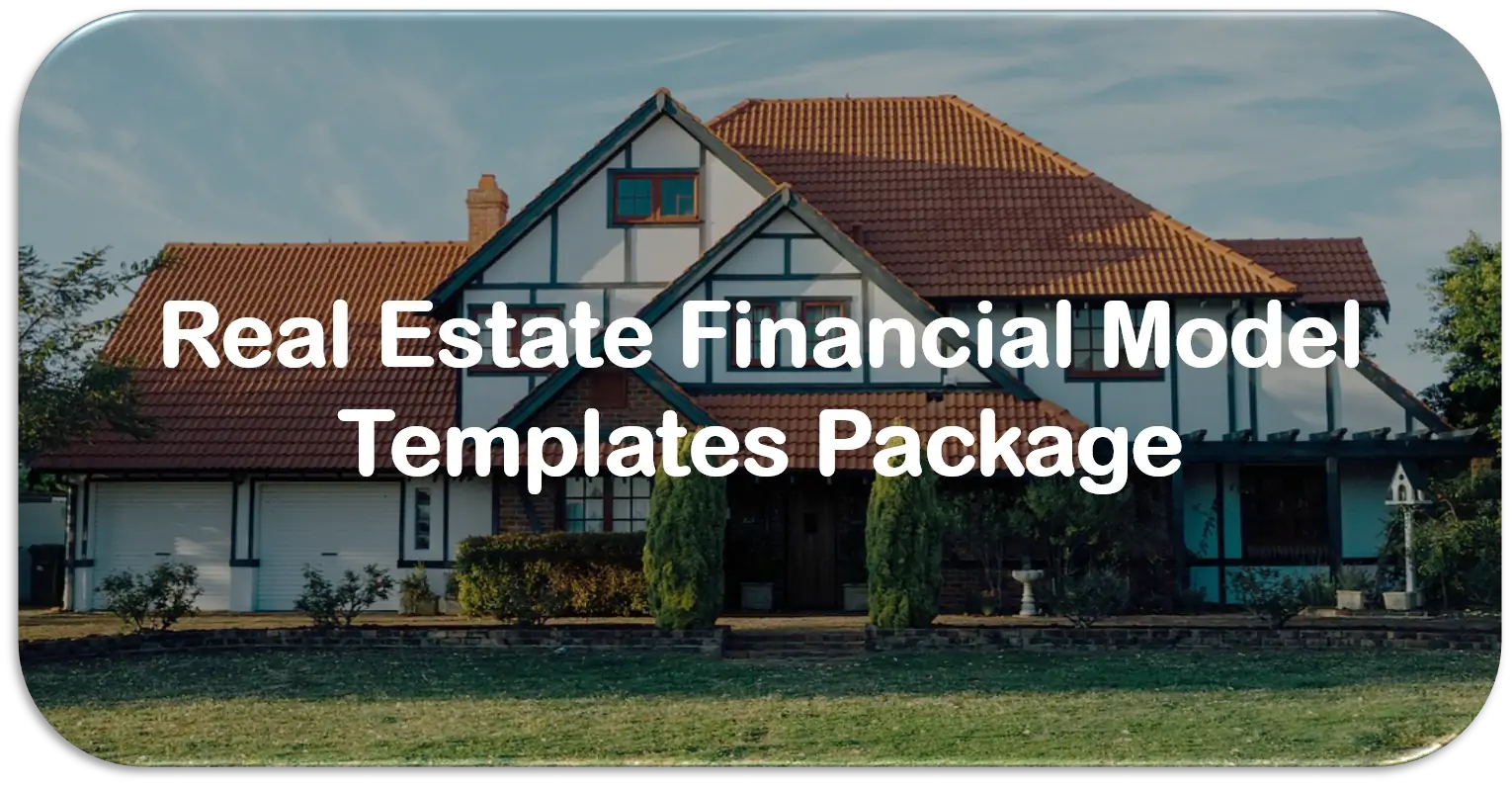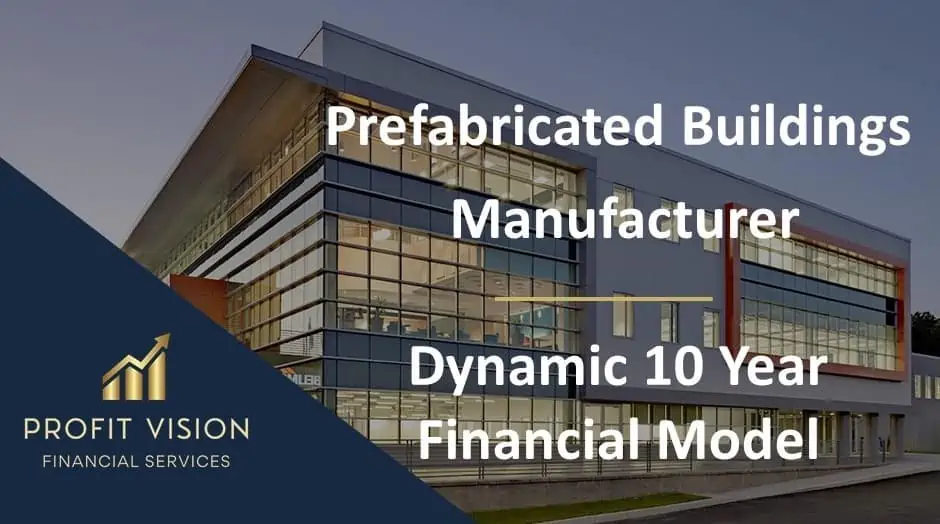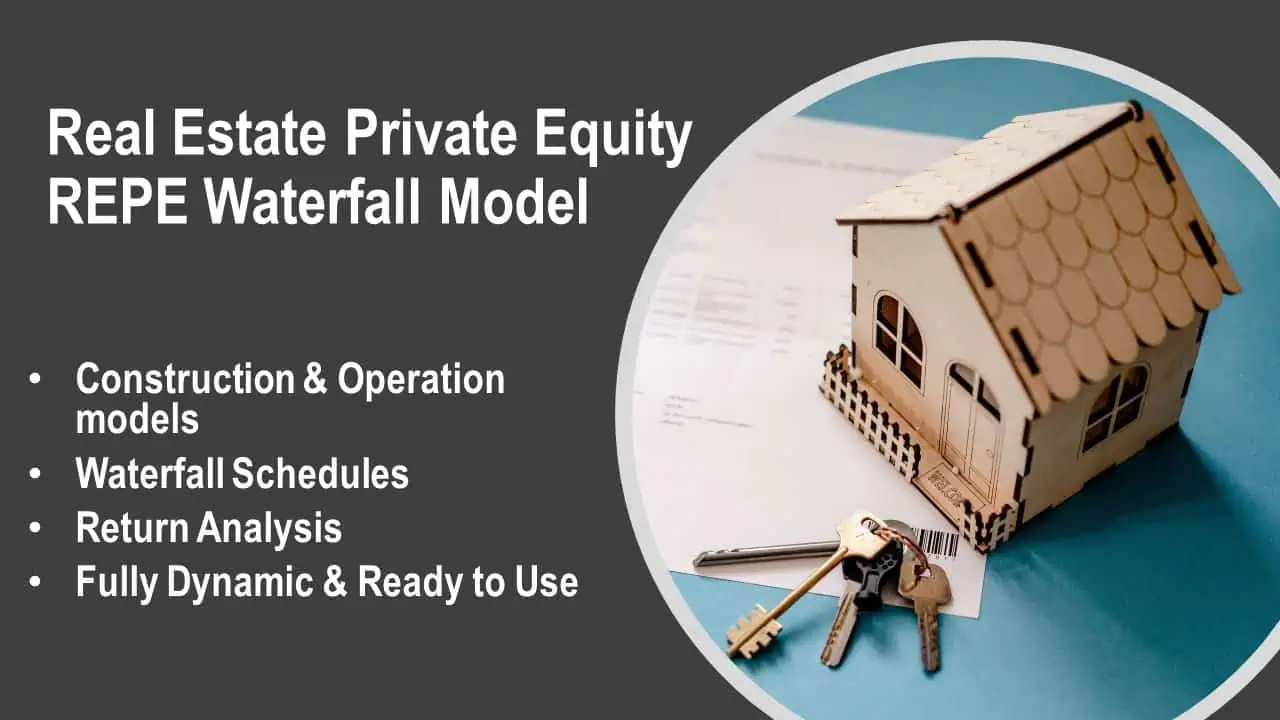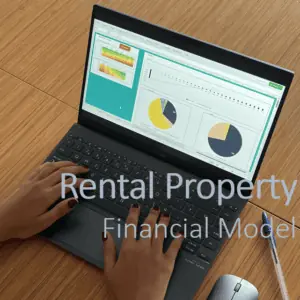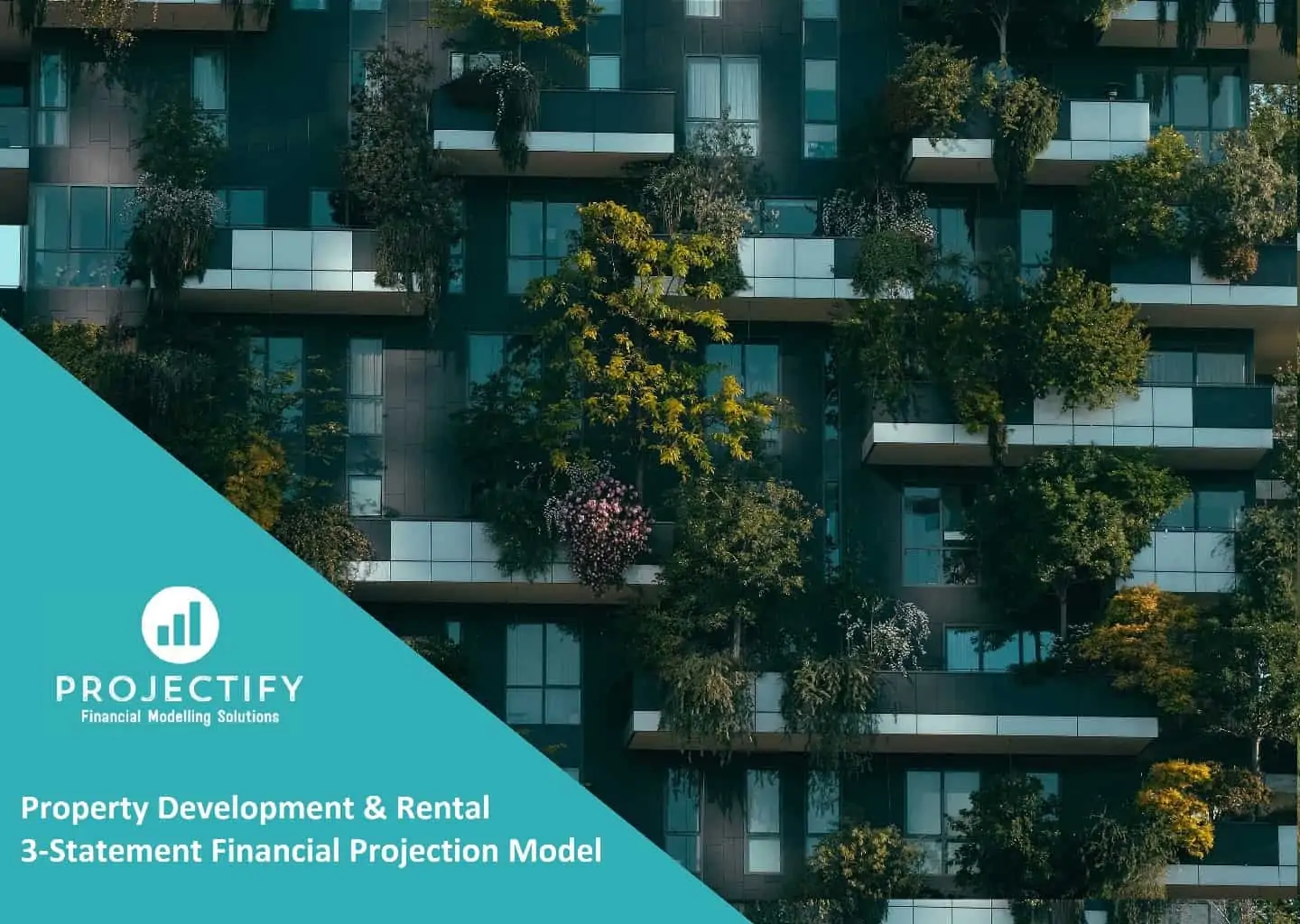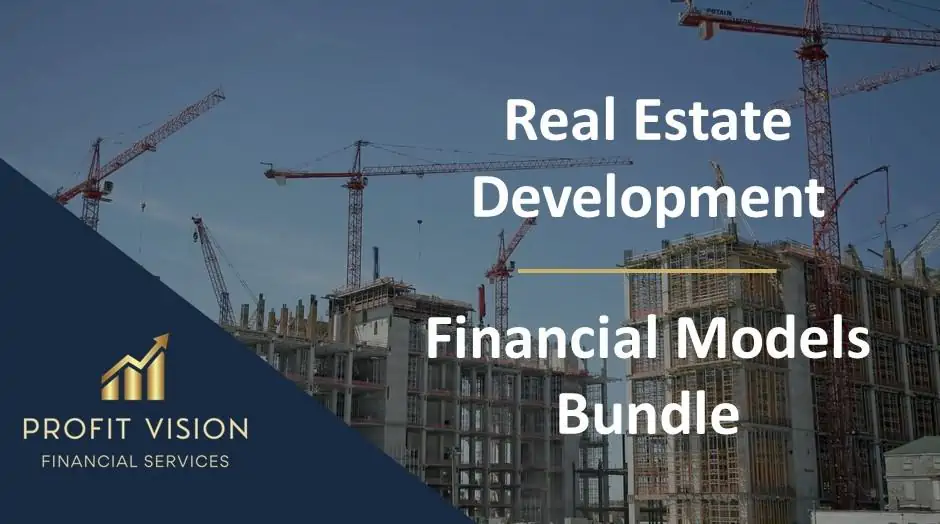Mixed-Use Real Estate Model: Leverage / JV Options
A general real estate model to plan all assumptions for up to 7 ‘uses’ for a given property. Includes development / acquisition, leverage if desired, operations, and dissolution for up to 10 years. Includes monthly and annual output summaries.

Video Tutorial:
Recent Upgrades: On the initial acquisition / development cost schedule, the user can now decide if each individual line item is going to be subject to debt financing or not and the resulting percentage. This was important to situations where some of these costs are not able to be financed while some are. For example, buying 100% of the land (equity funding only) but financing the construction costs with an interest-only loan. It is much easier to account for more varying situations now.
I recently added a modified version that runs all revenues off of rent per square foot inputs rather than a unit count / unit revenue. Occupancy is based on square foot, and also expenses are denominated is square foot terms.
Mixed-use real estate means a property that is used for multiple things. For example, it is not just for apartments or food places or offices. Instead, the property is used for multiple things all at once. For example, you could have parking garages, offices, food places, and residential units all accounted for. This model will allow for up to 7 separate uses to be configured. Each will have its own assumptions that drive down to an individual net operating income (NOI) per use. This data all rolls into a consolidated view on the same 10-year timeline.
Each Individual ‘Use’ can configure the following:
– Acquisition / development costs in monthly periods (up to 22 slots for each use across the 10-year timeline)
– Start the month of rent, square footage, monthly rent, rent growth, occupancy, and occupancy improvement
– 17 monthly operating expense inputs and their annual growth.
– Exit month, exit cap rate, and selling fees
The user can switch leverage on or off with a ‘yes/no’ selector as well as the month all debt is to be repaid. The resulting cash flow will update accordingly. The debt is configured through three potential facilities used in order. The first is a construction loan that is interest-only and the percentage of total development/acquisition costs that are financed is defined. This can be configured to be accrual or not and at the end of its term, the principal balance will roll into a traditional p+i repayment amortization with its own terms. Finally, there is a selector for refinancing the initial loan. It is based on a defined cap rate and LTV at whatever month the ReFi is being defined to happen. This will flow through cash accordingly.
For the option of a joint venture, the final periodic cash flow goes to a monthly waterfall distribution schedule that contains IRR hurdles of which cash is split differently between the sponsor (GP) and investor (LP) up until each IRR hurdle has been achieved by the LP pool. An exit IRR and equity multiple as well as DCF Analysis uses this data to be determined. Of course, if this is not a joint venture, simply put a 0% in the LP cash section and equity contribution section.
A final income statement-like executive summary will show the annual financial forecast and cash flow / cash distributions and there are over 10 visualizations for all key aspects of the investment analysis.
Similar Products
Other customers were also interested in...
Real Estate Financial Model Bundle
This is a collection of financial model templates that provides the financial projections and valuat... Read more
Real Estate Financial Model Templates Package
This is a collection of ready-made Excel financial model templates for real estate businesses and it... Read more
Prefabricated Buildings Manufacturer – Dynam...
Financial model presenting a development scenario for a Prefabricated Buildings Factory including co... Read more
Real Estate Portfolio Dashboard Model
Real Estate Portfolio Dashboard model presents a series of dashboards that will allow the user to ch... Read more
Real Estate Private Equity – REPE Financial ...
This Template is to provide users a ready to use tool of Real estate private equity valuation and wa... Read more
Rental Property Financial Model
The Rental Property financial model template, forecasts a rental property's expected financials 30 y... Read more
Property Development & Rental Financial Proje...
3-Statement 5-year rolling projection model with a valuation for new or existing business developing... Read more
Real Estate – Multiphase Land Development
Raw land development projects: The model is specifically designed for analyzing and evaluating the f... Read more
Real Estate Development Financial Models Bundle
A collection of seven Real Estate Development Financial Models offered at a discounted price you can... Read more
Reviews
This Mixed Use Real Estate Model is a really perfect spreadsheet for an attractive price and it is also available in de euro currency! Top!!!
1686 of 3245 people found this review helpful.
Help other customers find the most helpful reviews
Did you find this review helpful?
You must log in to submit a review.




















